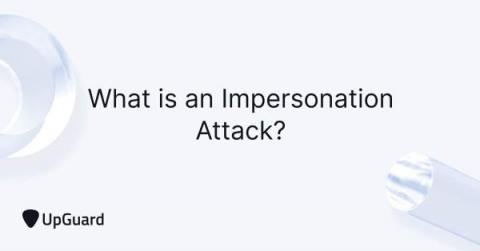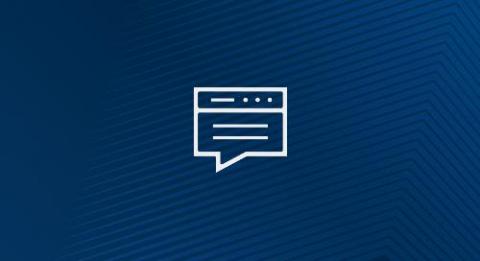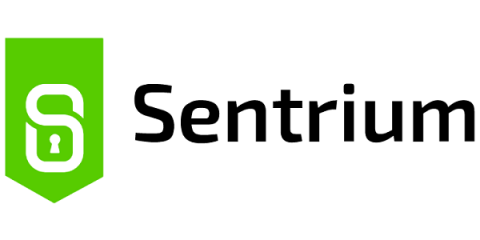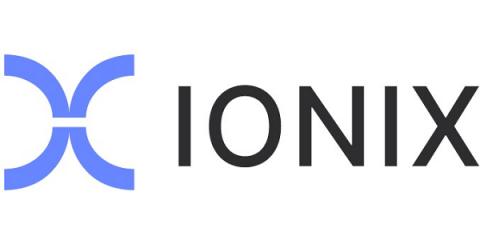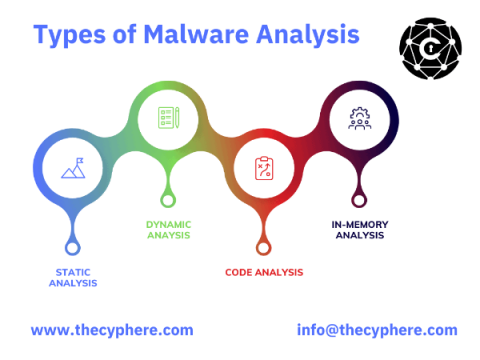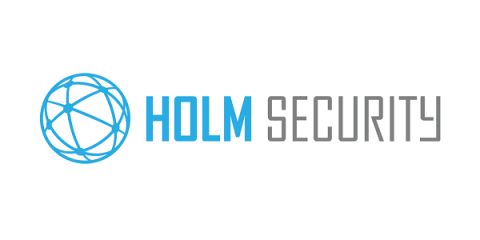Why Do I Need a Next-gen Secure Web Gateway?
The internet is now your default corporate network. This has some major perks — it means that your employees can access whatever they need from wherever they need it. But using the internet like this has also made your organization's security posture more complex. People are using networks and devices your IT doesn't manage, and they are accessing data that is scattered across countless apps.




